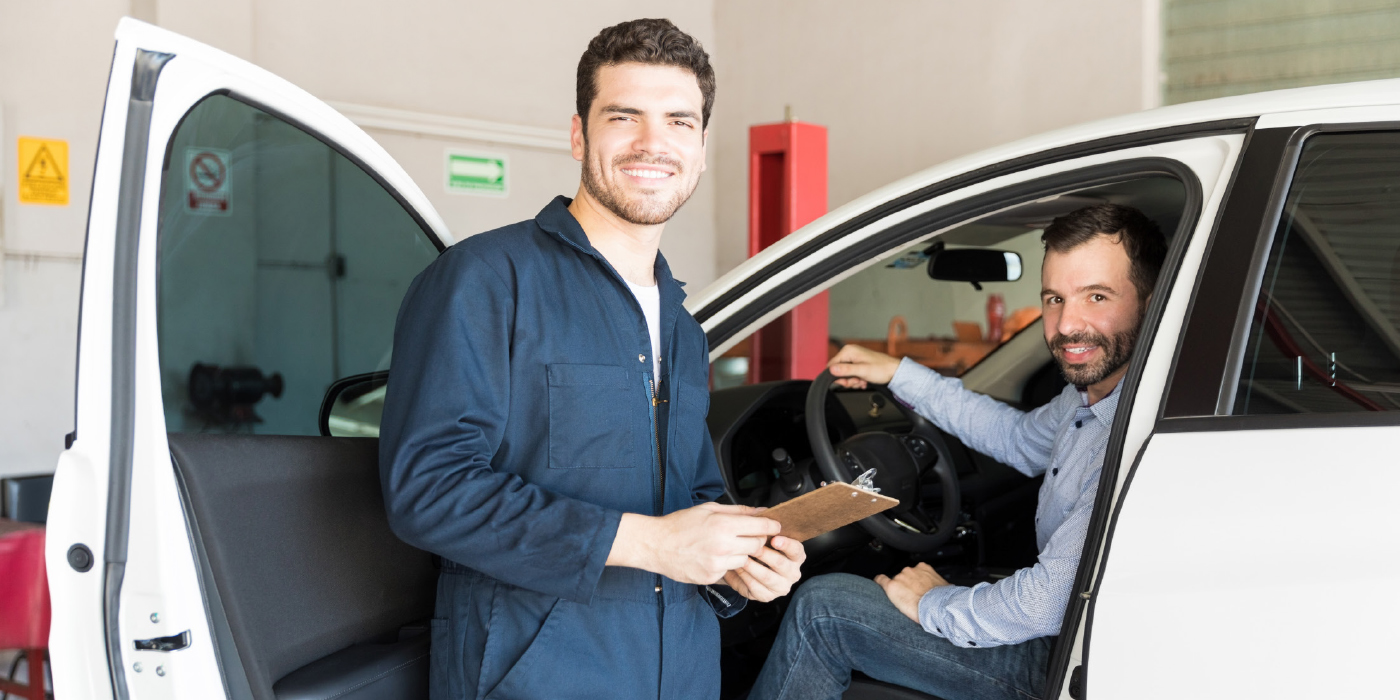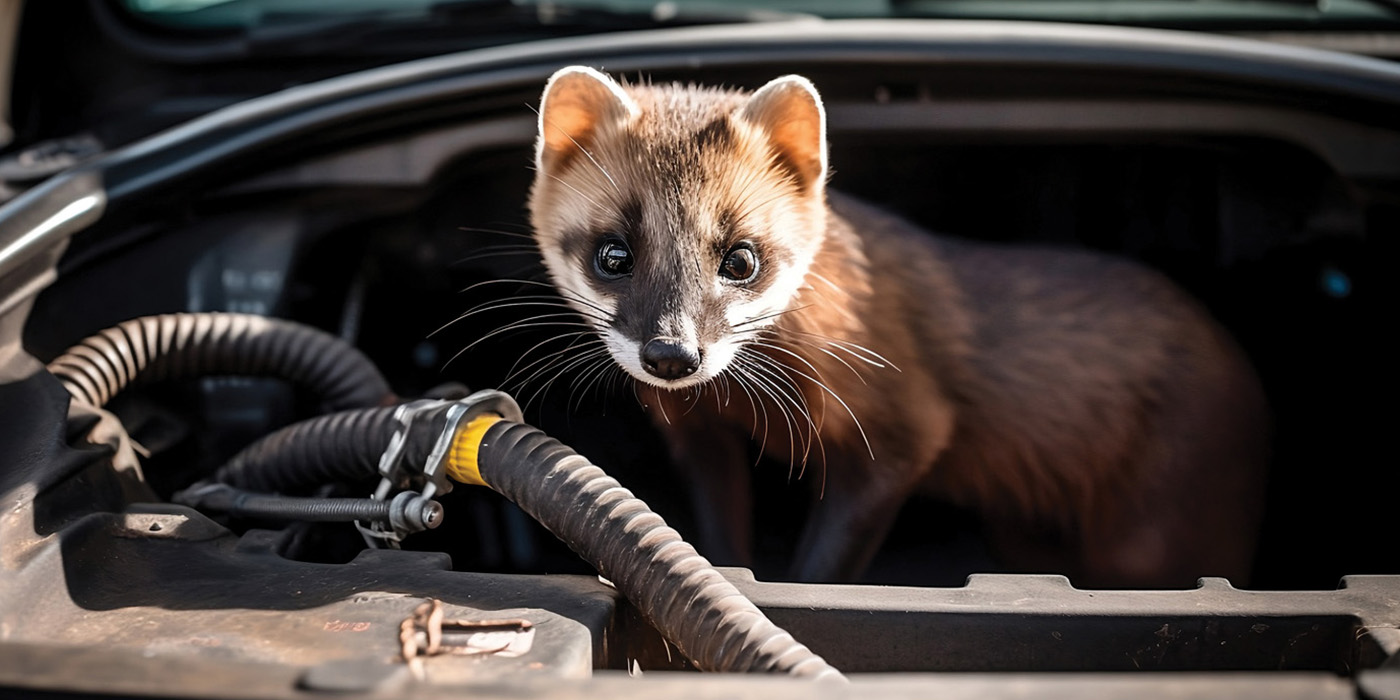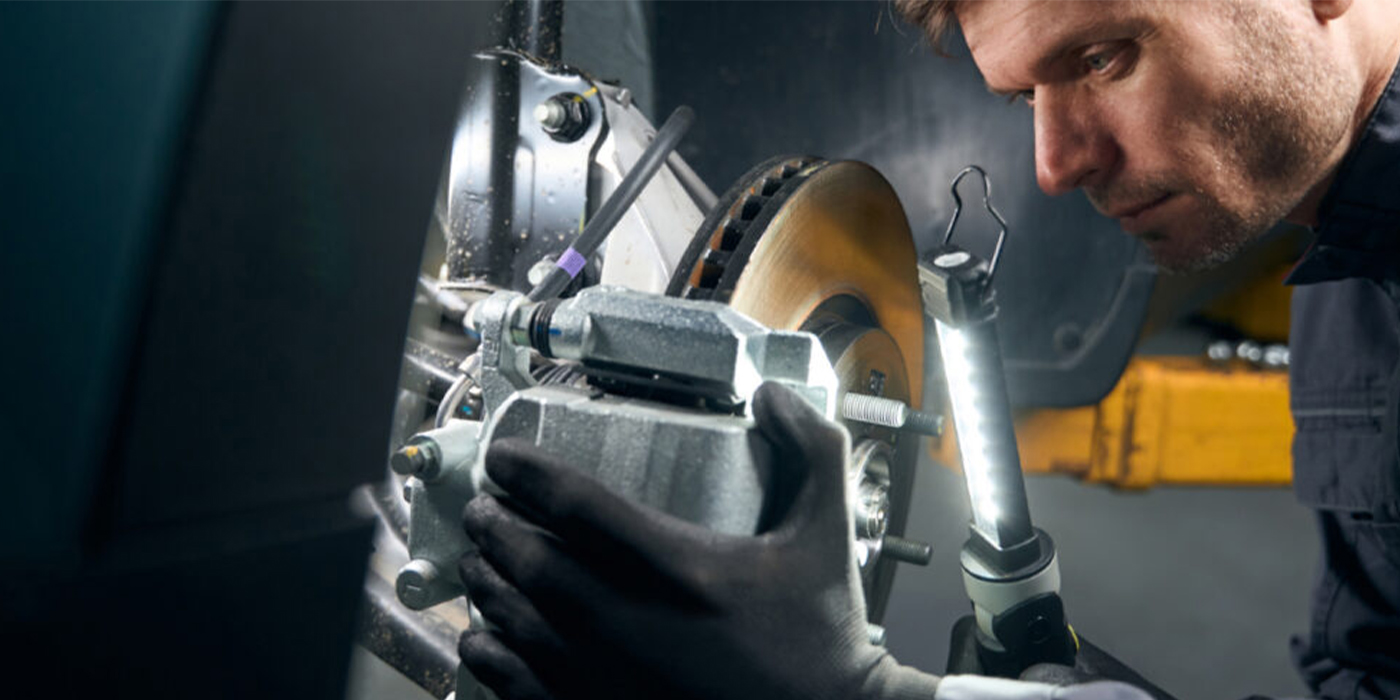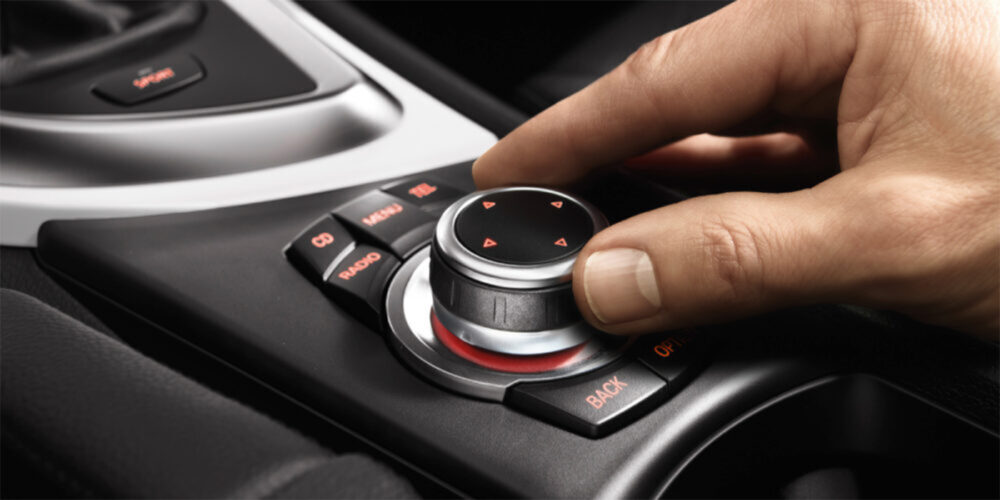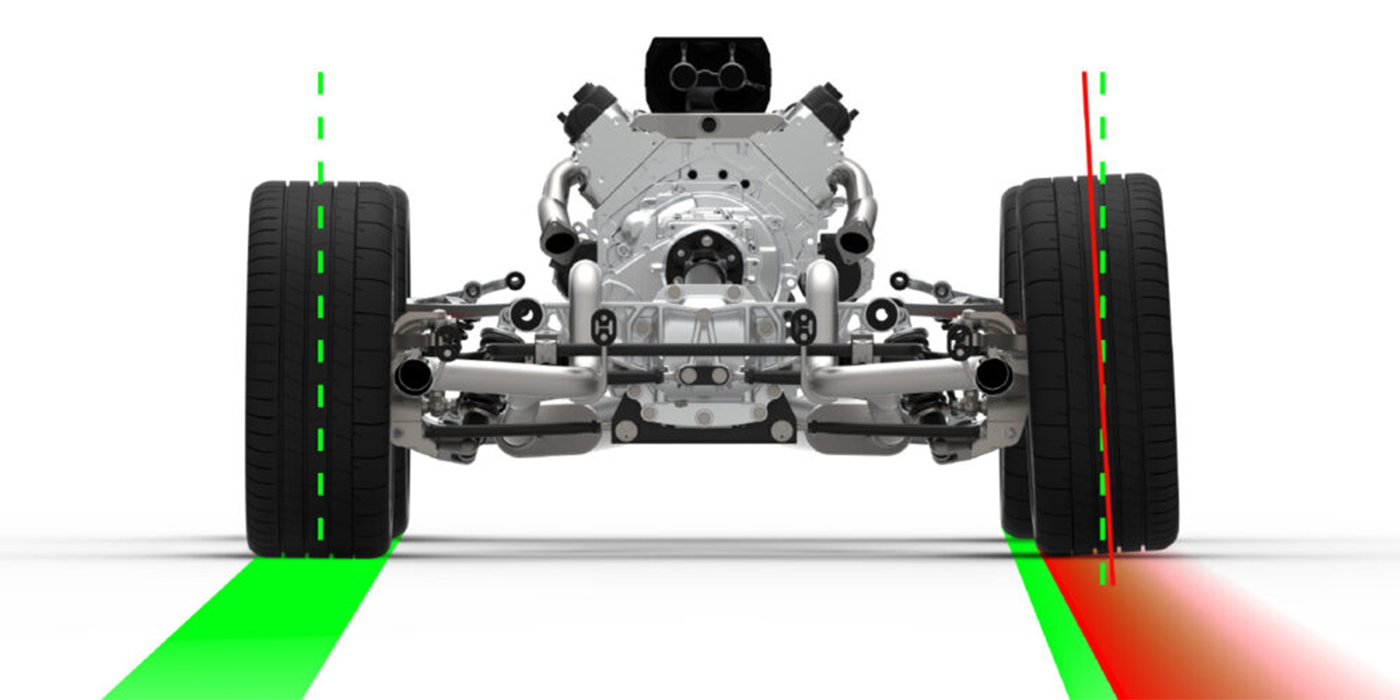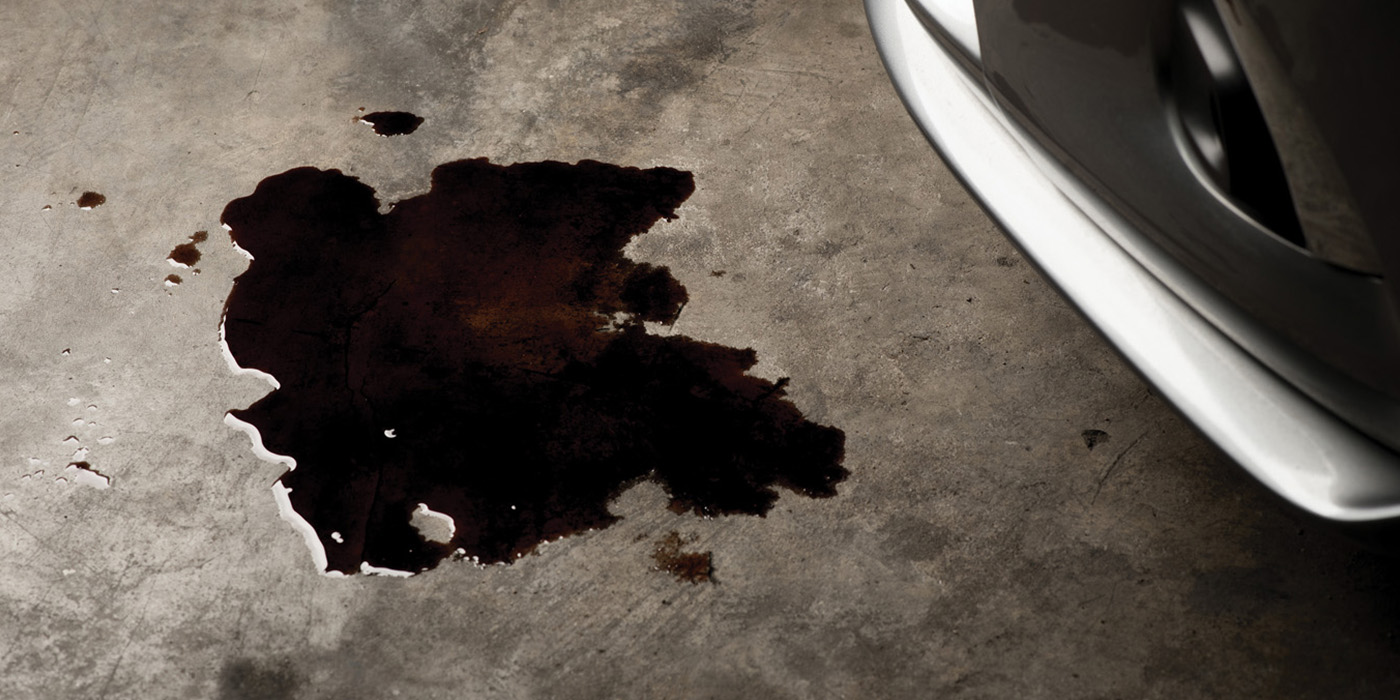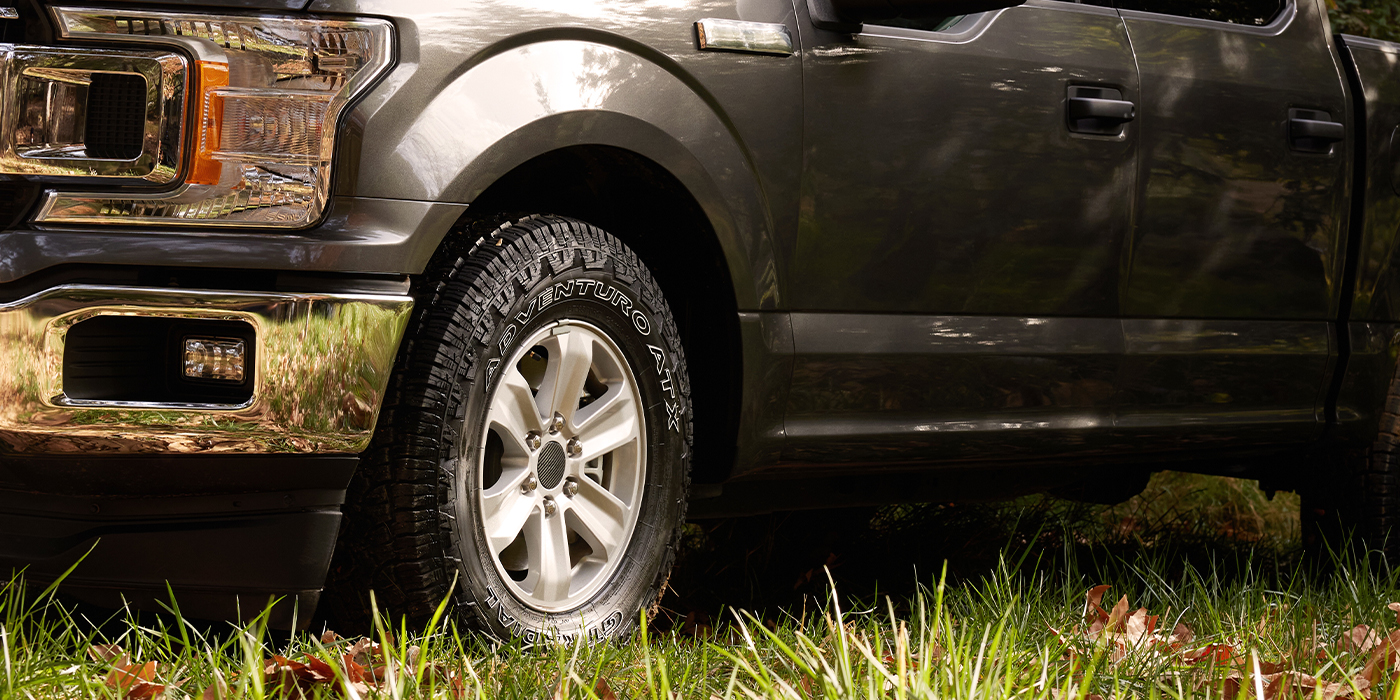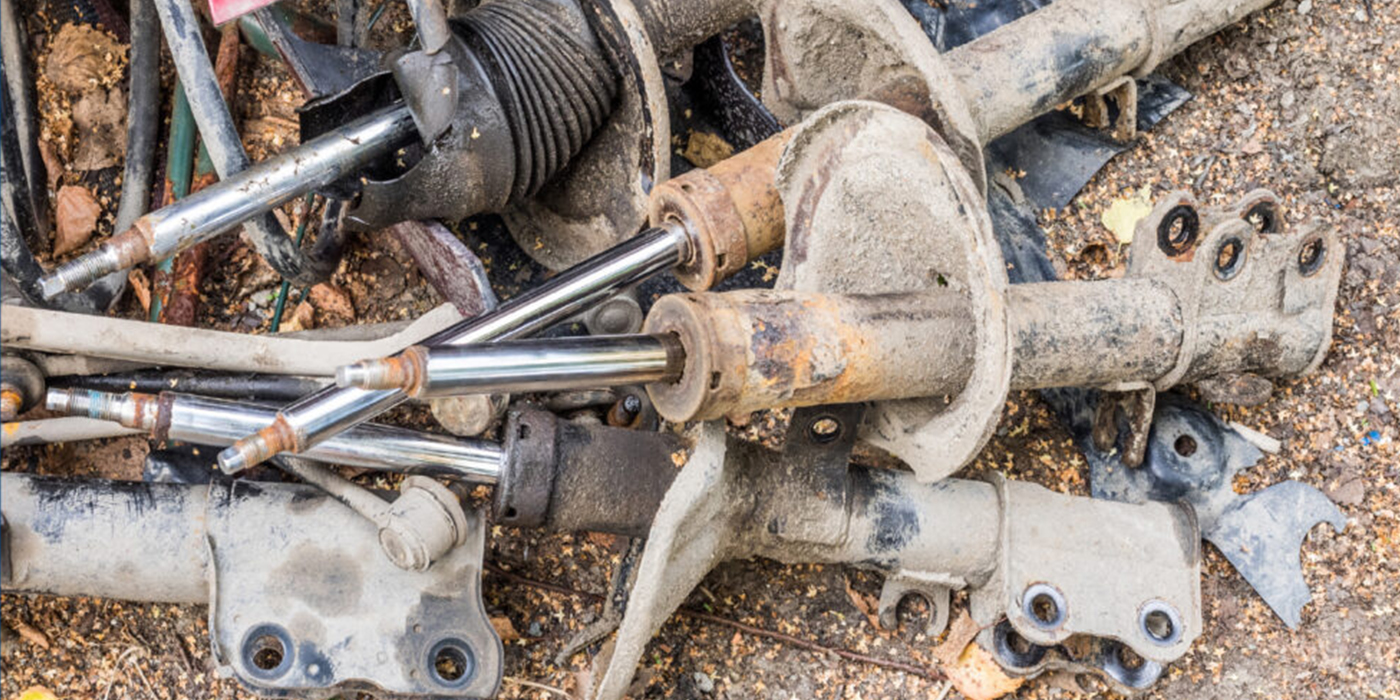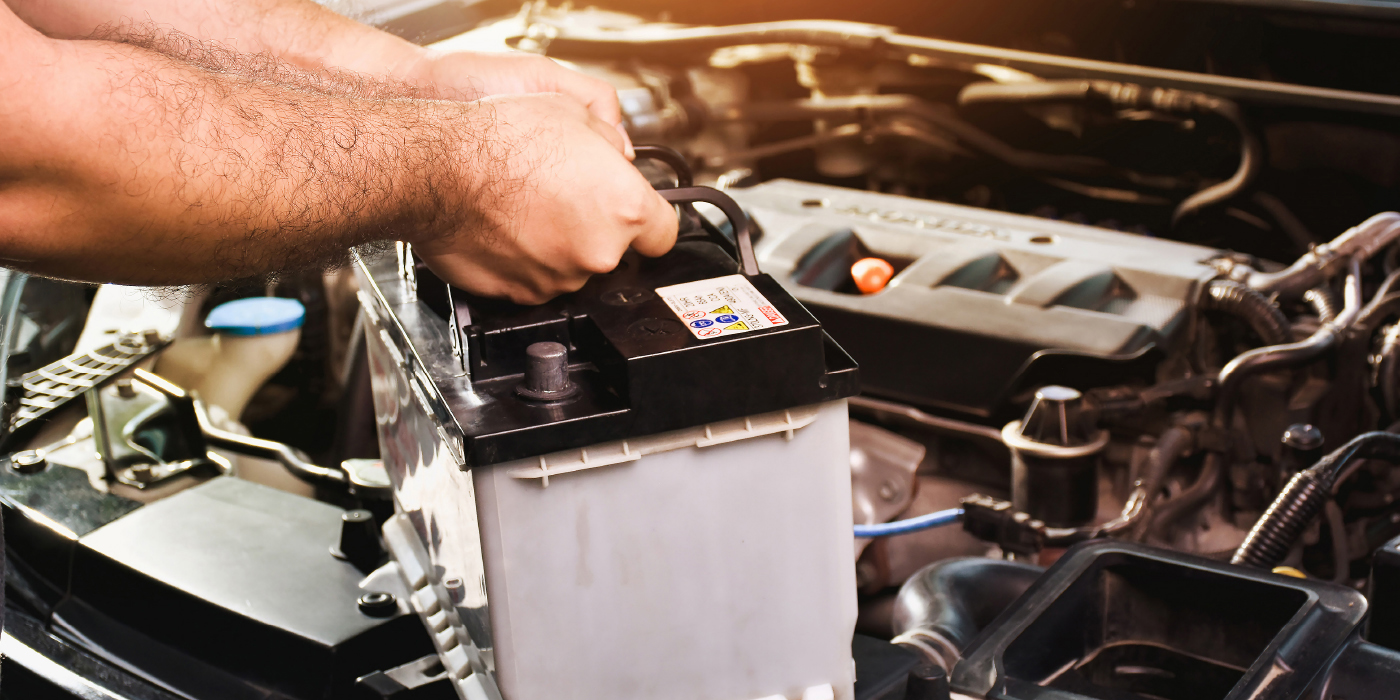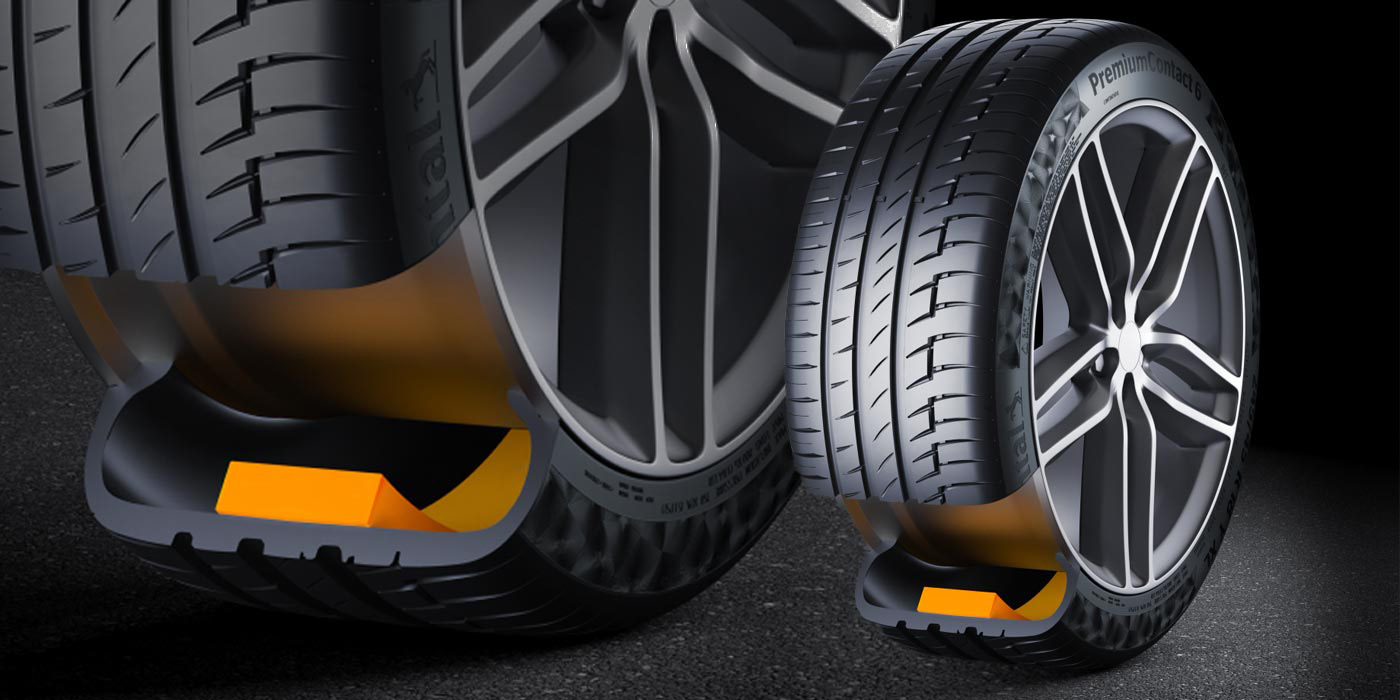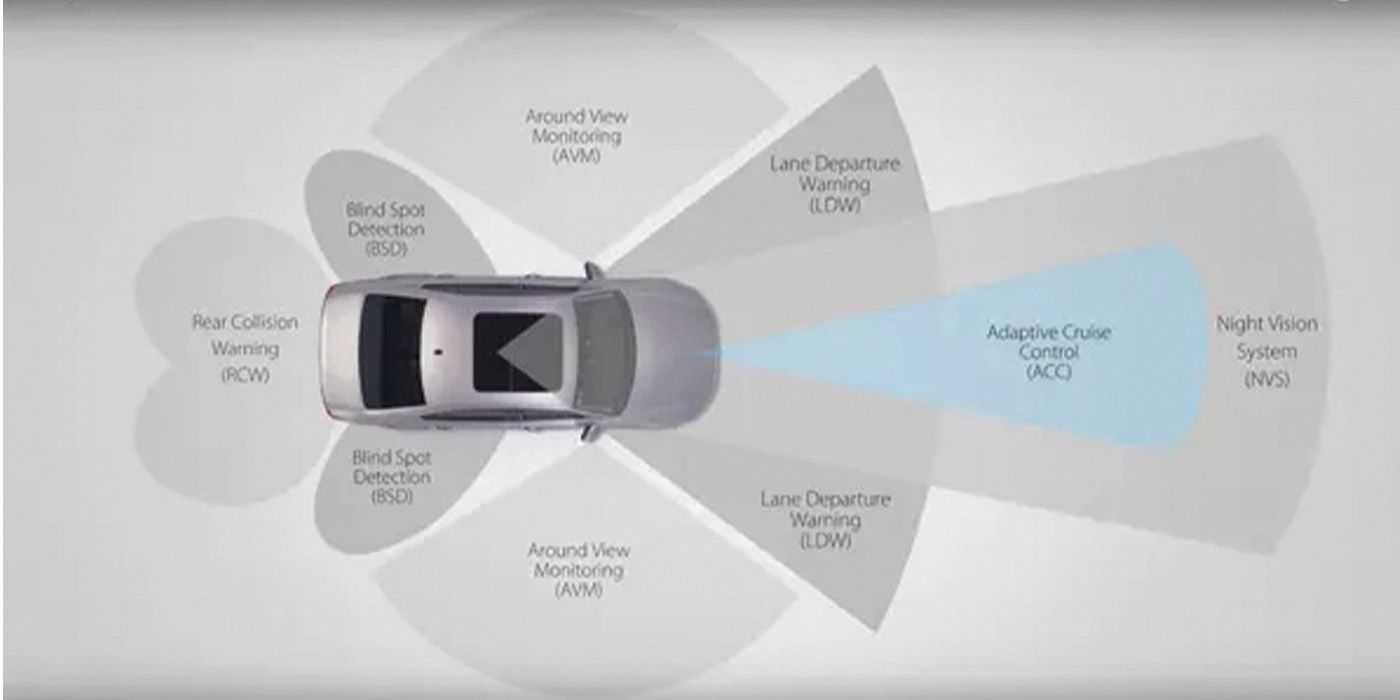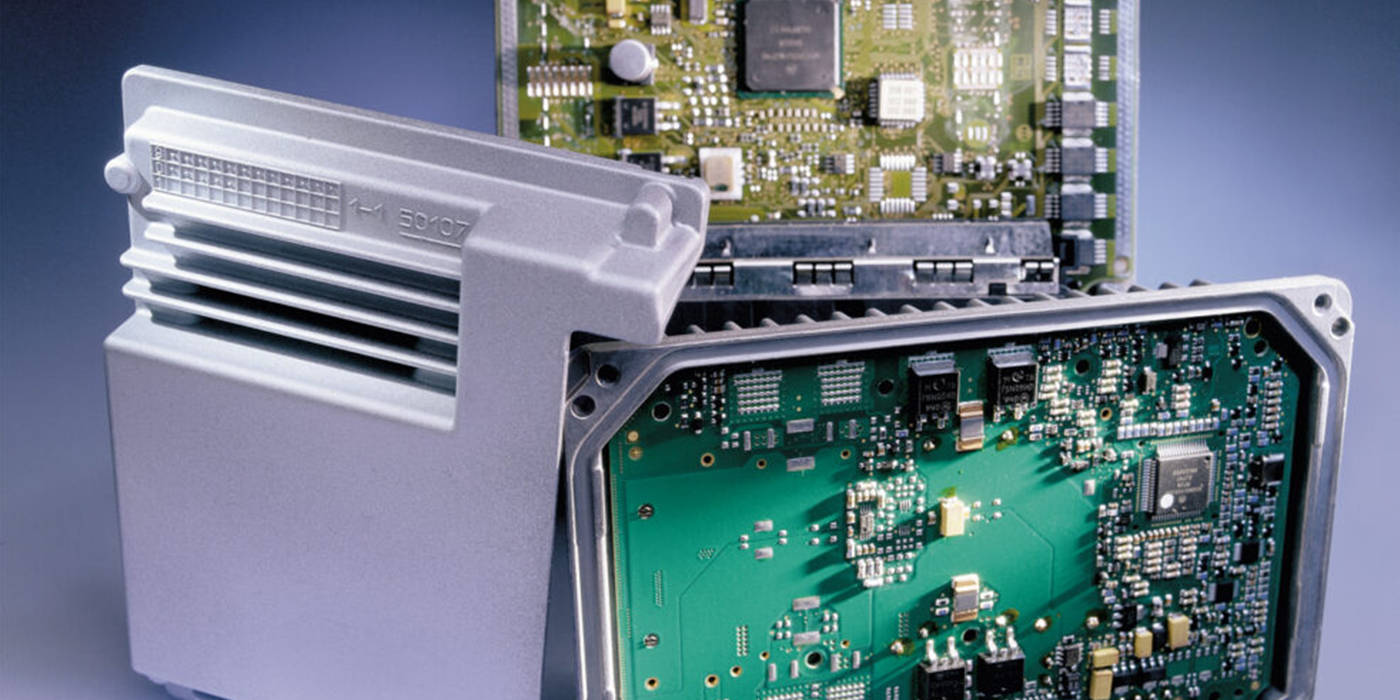There’s a lot of discussion these days about providing superior customer service – in fact, this subject is the cornerstone of my Pinnacle Performance sales and customer service training for the tire/auto service industry.

For many, “superior” customer service may sound like the latest buzzword or something reserved for the elite who tend to pass Grey Poupon from the windows of chauffeured limousines. So, can providing your customers with superior experiences really benefit your business? The simple answer is “Absolutely Yes.” Here’s what you need to know:
Your Competition Wants Your Business! Tire and auto service businesses are rarely, if ever, monopolies in their marketplace. Customers typically have many choices for their tire and auto service needs. As a service provider, if you do not provide customer experiences that meet or exceed customers’ expectations, then these customers normally do not have to travel very far to take their business elsewhere. And once they’re gone they may never come back.
Superior Customer Experiences Pay Dividends! There are many business benefits to providing superior customer experiences:
• Increased sales/marketshare
• Increased customer satisfaction/loyalty
• Improved brand perception
• Service differentiation/competitive advantage
• Profitability
Now, let’s take a closer look at these areas one at a time.
Sales/Marketshare
Unlike traditional big-box retailers, independent tire dealers are regional businesses with an average customer living within a 5- to 7-mile radius of a store. Other customers may travel as far away as 10 miles from their residence to one of your stores. With the exception of out-of-town customers who may only do business for a single-visit emergency while in your coverage area, it is rare for customers to travel more than 10 miles to a tire dealership to have their vehicles serviced or to purchase tires.
Using the 10-mile figure, this radius (or circle) represents your market potential, as all people living within that area who also own a vehicle are your potential customers. The people who are actually coming to your business for tires and/or vehicle service (your customers) represent your marketshare.
A primary goal of every company in every industry is to obtain the most marketshare at the highest profitability. There are other goals, but this is the BIG one! The challenge is there are many competitors also looking to increase their marketshare by taking those same customers that live within your market potential radius. Providing superior customer experiences is a proven method of increasing sales and winning against the competition.
Customer Satisfaction/Loyalty
Superior customer experiences greatly improve customer satisfaction per visit. Extraordinary service makes customers feel that your company cares for them personally and demonstrates that they are not just another sale or business transaction.
Simply put, the more satisfied customers are with the experience at your business, the more likely they are to return for future tire and vehicle service needs. Also, increasing customer satisfaction by delivering superior customer experiences creates enthusiasts – loyal customers who go on to promote your business to their network of friends and family!
Brand Perception
Brand perception is a two-part area. First and foremost is the customers’ perception of your corporate brand. Delivering superior customer experiences strengthens your brand and establishes a positive reputation in your market.
The second aspect of brand perception refers to the tire manufacturers: Goodyear, Michelin, Pirelli, etc. As an example, when a customer has Goodyear as the OE tires on his vehicle and considers your business for replacements, you are also perceived as his Goodyear store. If the customer has a superior customer experience then, by association, this reflects favorably on the Goodyear brand. On the other hand, if the customer has a poor experience, this will indirectly downgrade the customers’ perception of the Goodyear brand. In this manner, all tire manufacturer reputations are affected, positively or negatively, by how they are represented by your employees at the point-of-sale, in-store interaction and on the phone.
And, the inverse is also true: If the customer has a poor tire brand experience, it reflects back on the servicing store.
Competitive Advantage
Providing superior customer service is one of your primary value-area advantages. Fundamentally, your competition also is well-equipped to meet the needs of customers. If a customer needs tires, any tire dealer can supply them. Vehicles with service problems? Virtually all competitors employ competent technicians capable of fixing the same underhood and undercar issues your business encounters.
Given the choice, customers will always prefer to do business with the company they can count on to provide superior service. Delivering superior customer experiences is the game-changer that separates average tire dealers from world-class dealers.
Profitability
You can win every sales opportunity you’re faced with, but if the sales are not profitable, it won’t take very long before you are unable to fund the operation and stay in business.
As an independent business, you may not be able to afford to match or beat the lower prices of that mass merchant or chain store around the corner. But you can effectively offset your higher prices by consistently delivering a better customer experience. According to a June 2011 study by global business communications company Avaya, “Consumers are willing to pay 20% more for goods or services if they come with better service, up from just 5% a few years ago.”
That’s a pretty compelling reason to improve the customer experience, wouldn’t you agree?
Leader Lesson: Starbucks
Starbucks presents a fascinating example of how superior customer experiences correlate to increased profitability. From its humble beginnings in 1971, Starbucks has grown into one of the largest specialty retailers in the world, with more than 16,800 stores across the globe.
Prior to the Starbucks sales model, a cup of coffee at a traditional retailer cost a quarter or so. Starbucks revolutionized the industry by taking the focal point away from the product itself (coffee) and refocusing it on the customer experience instead. At Starbucks, the store layout, furniture and fixings are all designed and choreographed to be inviting, make visitors comfortable and improve the customer experience. Employees are trained to get to know regular customers and ensure everyone feels like they’re at a home away from home.
By providing superior customer experiences, Starbucks has successfully conditioned the marketplace that it is acceptable to pay 10 to 20 times more for what is essentially the same product.
Consider the math: It costs approximately 1-2 cents per cup for the beans or commodity of Starbucks coffee. These beans are the equivalent of the rubber in your tire products. To turn these beans into a cup of coffee, there is a processing and packaging step that costs between 5-25 cents per cup. That is the equivalent of the manufacturing process that transforms the rubber into a tire and makes it ready for sale. Starbucks now adds its magic ingredient – the customer experience – and charges between $2 to $5 per cup!
The research is clear: Consumers are willing to pay a premium for goods and services if they are delivered with superior customer service. And it is those premiums that increase profitability and the financial health of the business.
In future issues, we will dig deeper into this topic, with more examples of what you can do deliver superior customer experiences and realize greater dividends for your business. Stay tuned.
Steve Ferrante is the CEO of Sale Away LLC and the producer and host of the Pinnacle Performance sales and customer service training program for the tire/auto service industry. He can be reached at 866-721-6086 ext. 701 or [email protected].
Article courtesy of TIRE REVIEW.


